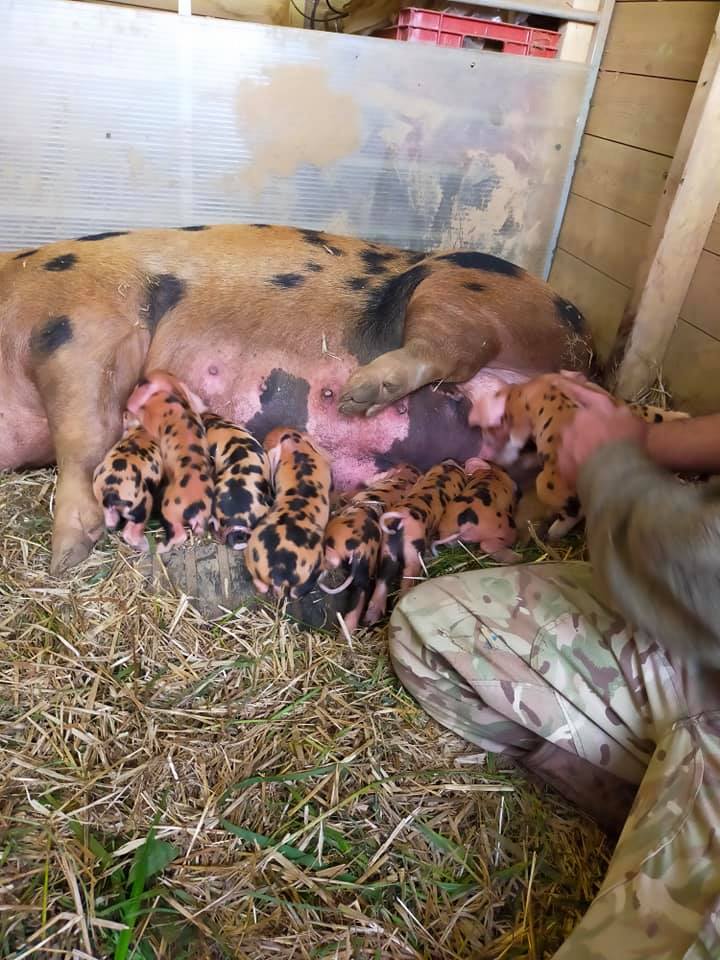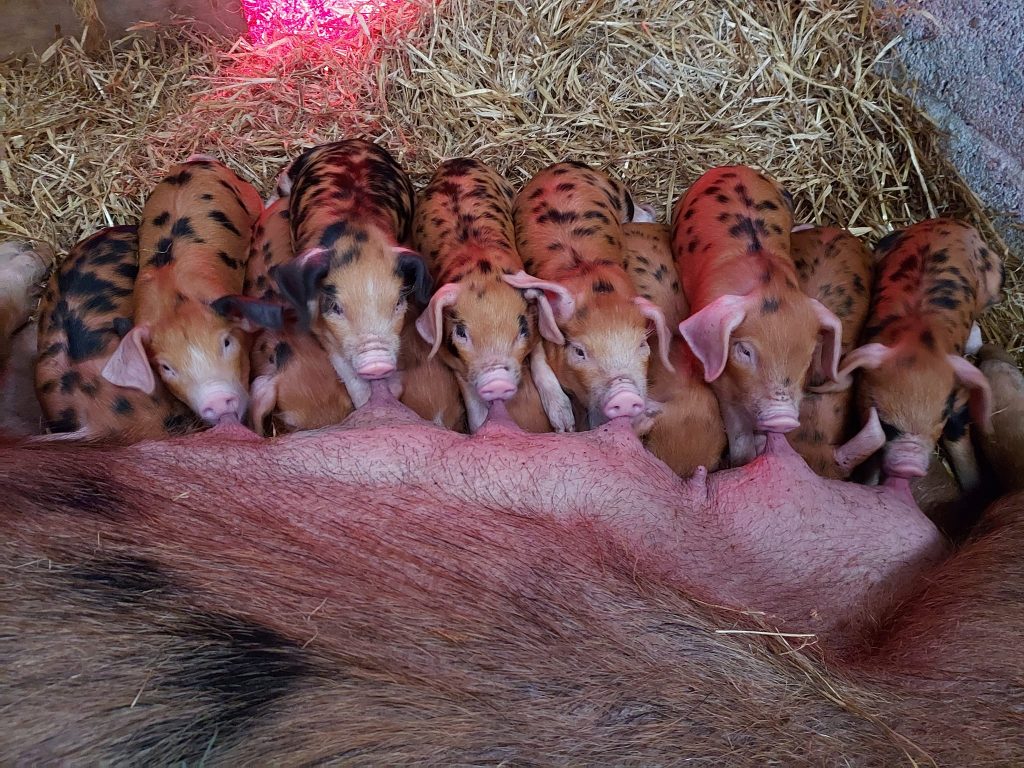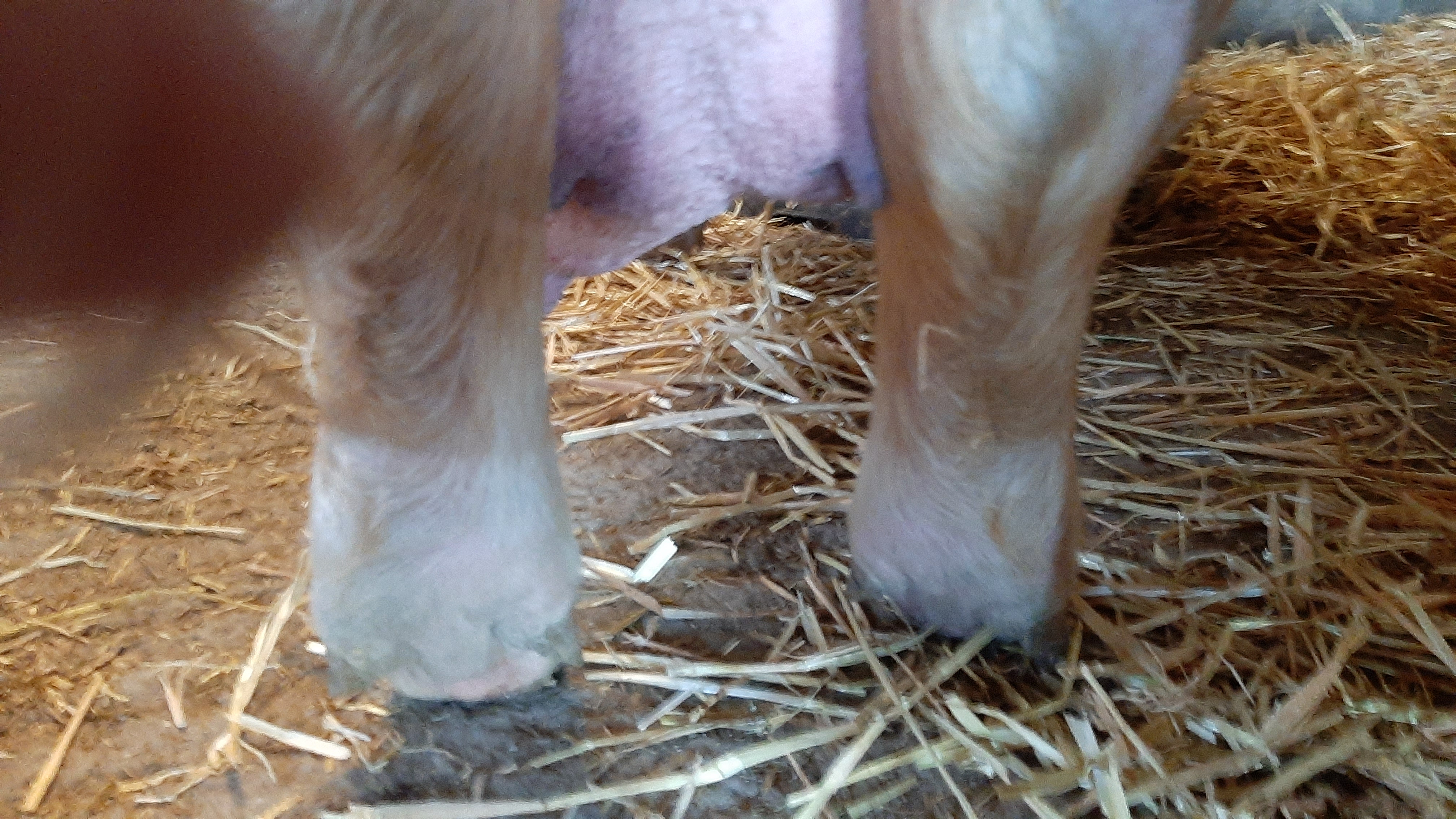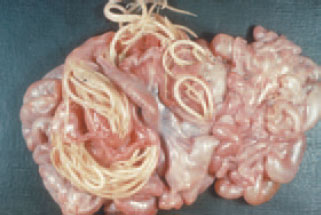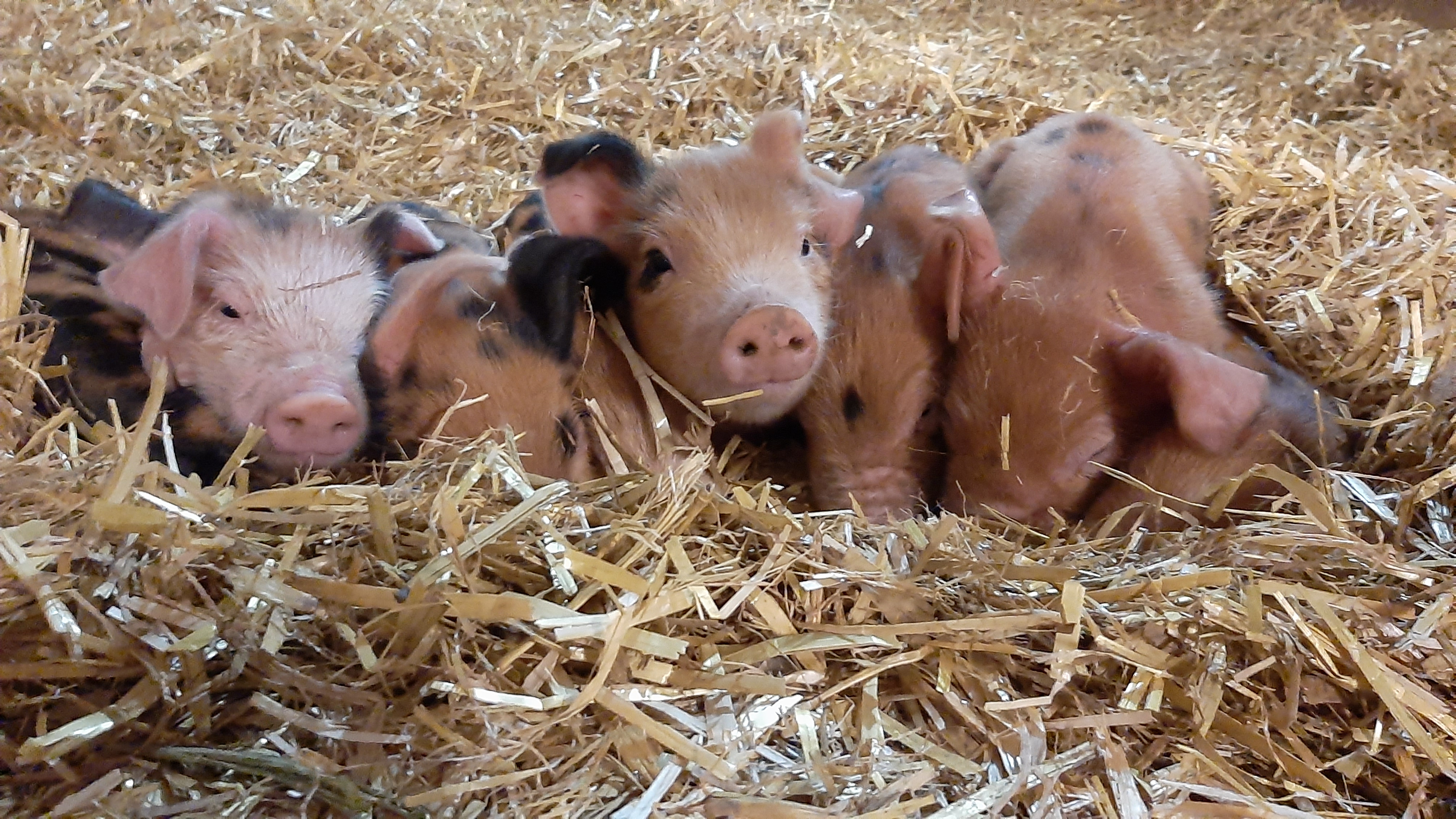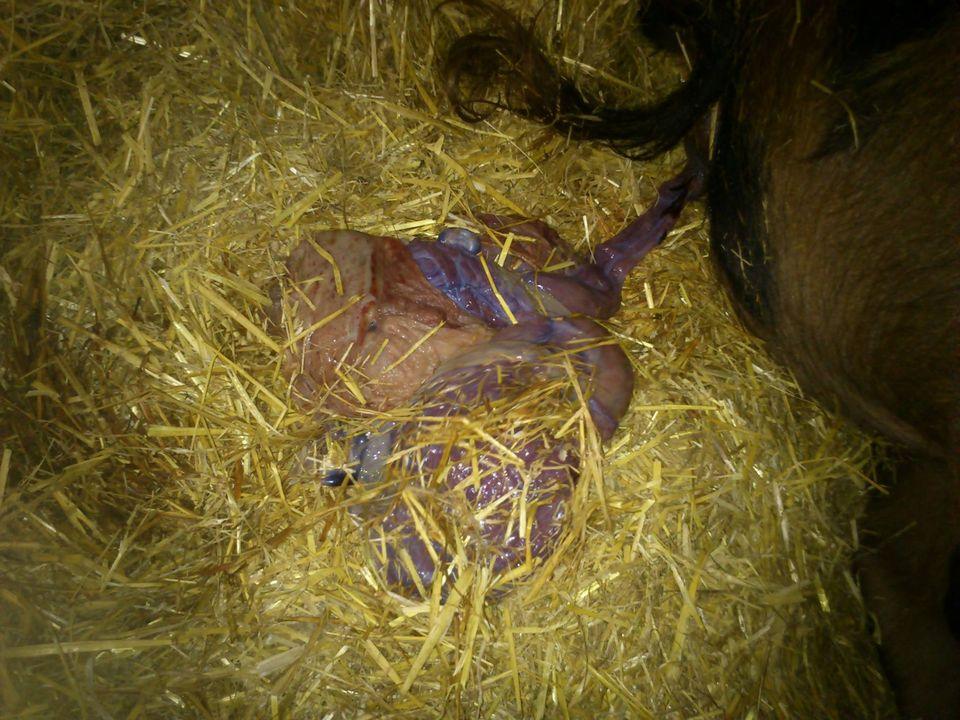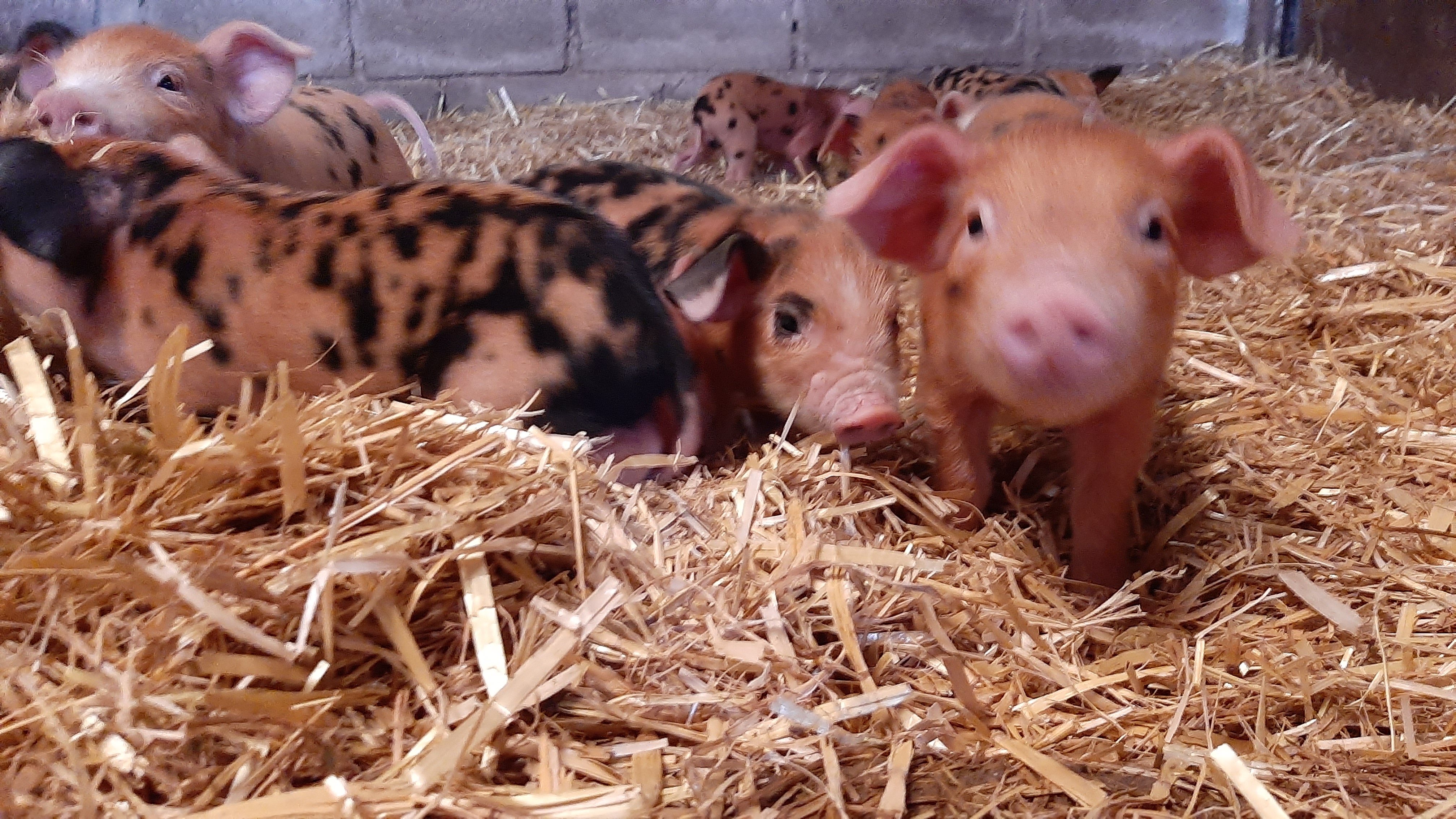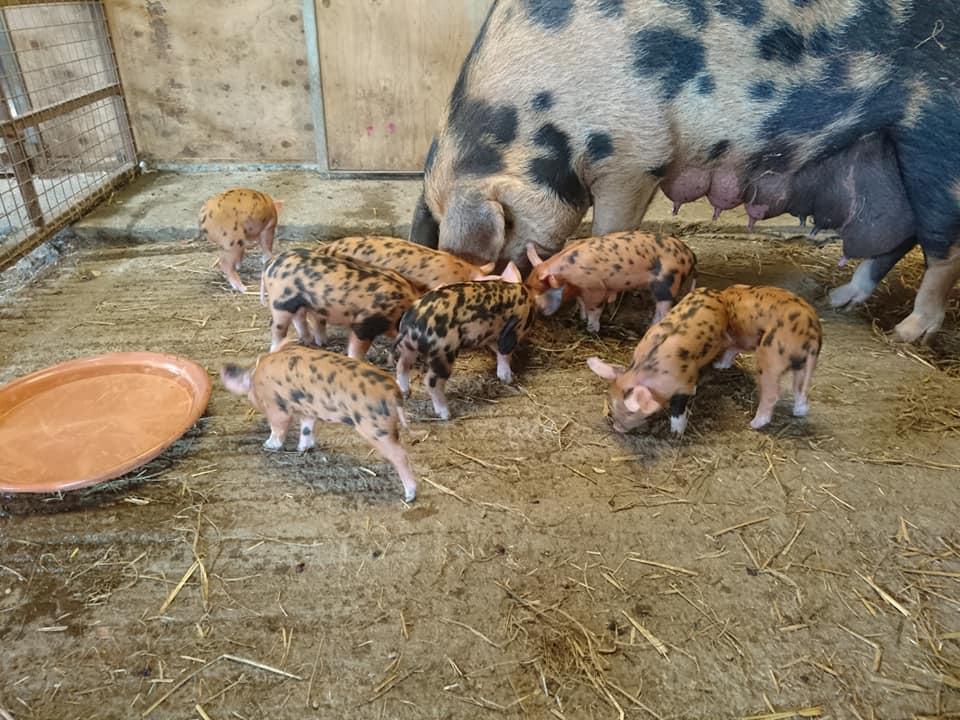
Feeding Regime
The general feeding regime is as follows:
Piglets approximate 1lb of pig pellets per day for every month of their age. Therefore, 2lb of pig pellets at two months of age then 3lb at three months of age and 4lb at four months of age
- Then after four months, 4lb a day should be sufficient, although you may find they can take 5lb a day at five months without putting on too much fat.
- Weaners should ideally be given food with fairly high protein levels (18%).
- Younger pigs need a diet high in amino acids so that they can grow proportionately more muscle tissue, so there should be more lysine in feed for younger pigs.
- After three months you can put the youngsters onto the adult feed that will have lower levels of protein.
Please also remember that we have a podcast from Victoria Phillips who is a leading pig nutritionist. Which was a recorded from our zoom event last year. You can listen to it here
